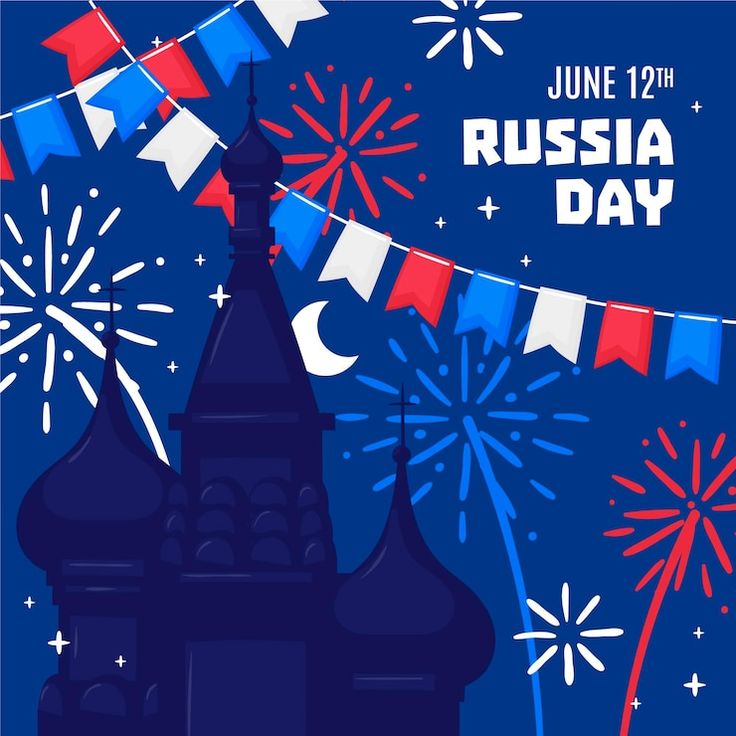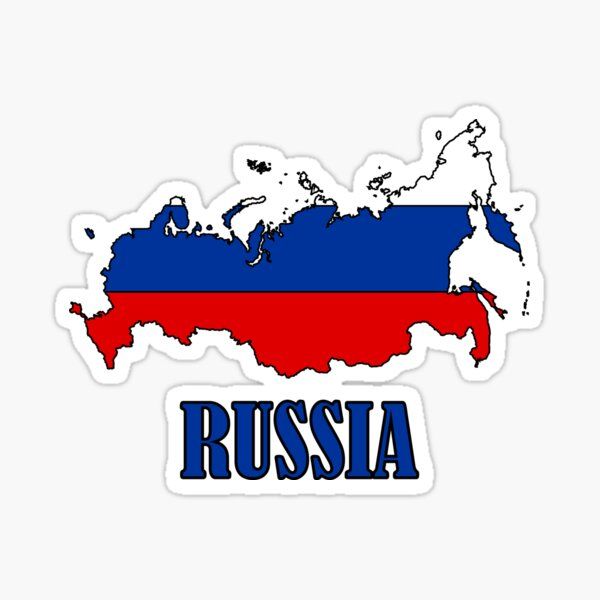
Maslenitsa is an ancient festival celebrated in Russia to mark the transition from winter to spring. The festival lasts for a week and is full of traditions, food, and festive activities. In this article, we will explore the history, traditions, and significance of the Maslenitsa festival, one of Russia’s most beloved celebrations.
History of Maslenitsa
Origin of the Festival
Maslenitsa originated from Slavic pagan traditions that celebrated the end of winter and welcomed the arrival of warmer sun. Over time, the festival was integrated with Christian traditions, marking the last week before Great Lent.
Changes During History
During the Soviet era, Maslenitsa celebrations underwent significant changes. Although many traditions were banned, the festival continued to be celebrated privately in homes and villages. After the collapse of the Soviet Union, Maslenitsa was again celebrated openly and cheerfully.
Celebration Time

Implementation date
Maslenitsa is usually celebrated on the last week before Orthodox Great Lent, with dates varying each year. In 2024, the festival will run from March 11 to March 17.
Weekly Structure
Each day of the Maslenitsa week has its own theme and traditions, starting from the first day known as the “First Day of Blini” to the last day which is the day of forgiveness.
Main Traditions in Maslenitsa

Typical Food: Blini

Blini are thin pancakes that are the main symbol of the Maslenitsa festival. Russians make blini with various fillings such as caviar, jam, and sour cream to celebrate the arrival of spring.
Games and Activities
During Maslenitsa, people participate in various traditional games such as snowball fights, sleigh races, and puppet theater performances. These activities create a cheerful and togetherness atmosphere.
Burning of Scarecrows
One of the most iconic traditions is the burning of a straw effigy known as “Maslenitsa.” This effigy symbolizes the end of winter and serves as a symbol of hope for the arrival of a better spring.
Spiritual Meaning
Preparation for Lent
Maslenitsa also has a spiritual meaning for Orthodox Christians, as it is a preparation for the fasting period of Great Lent. During this festival, people ask for forgiveness and mend relationships with each other.
Symbol of Resurrection
This festival symbolizes the revival of nature after a long and harsh winter, and the hope for new life in spring.
Maslenitsa Celebrations in Various Regions
In Moscow
Moscow is one of the cities with the largest Maslenitsa celebrations, with various events taking place in the city’s parks and main squares such as near Red Square.
In Rural Areas
In rural areas, Maslenitsa celebrations are often more modest but still lively with community activities such as parades and local performances.
Conclusion
Maslenitsa is a celebration rich in tradition and meaning for the Russian people. With its combination of delicious food, fun games, and spiritual values, this festival not only marks the end of winter but also creates a sense of togetherness among the people.
FAQ (Frequently Asked Questions)
What is Maslenitsa?
Maslenitsa is a Russian festival that celebrates the end of winter and welcomes spring with various traditions and festive activities.
When is Maslenitsa celebrated?
Maslenitsa is celebrated on the last week before the Orthodox Great Lent, with the date changing every year.
What is the typical food during Maslenitsa?
The typical food during Maslenitsa is blini, thin pancakes served with various fillings such as caviar and jam.
What is the significance of burning a scarecrow during this festival?
The burning of a scarecrow symbolizes the end of winter and the hope for a better spring.
How do Russians celebrate Maslenitsa?
Russians celebrate Maslenitsa with various activities such as eating blini, playing traditional games, and asking for forgiveness before entering the fasting period of Great Lent.
By understanding more about the Maslenitsa Festival, we can appreciate the richness of Russian culture and the collective spirit of its people in welcoming the changing seasons with joy!
Citations:
[1] https://id.rbth.com/discover_russia/2014/02/24/festival_musim_semi_itu_disebut_maslenitsa_23281
[2] https://id.rbth.com/discover-russia/81269-perayaan-maslenitsa-di-moskow-wyx
[3] https://www.kompasiana.com/mariojohn_11/64098a9f1302f3790f342e43/mari-rayakan-kesenangan-dengan-meriah
[4] https://www.56thparallel.com/maslenitsa-festival/
[5] https://en.wikipedia.org/wiki/Maslenitsa
[6] https://www.tvonenews.com/channel/news/106184-melirik-tradisi-mengakhiri-musim-dingin-rusia-bakar-objek-kubus-raksasa


![Stalin's Revenge_ Operation Bagration and the Annihilation of Army Group Centre [Book]](https://kreativahub.com/wp-content/uploads/2024/12/Stalins-Revenge_-Operation-Bagration-and-the-Annihilation-of-Army-Group-Centre-Book.jpeg)